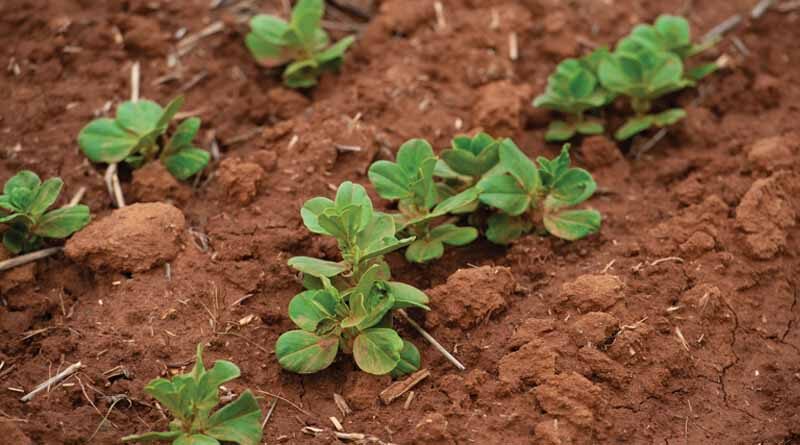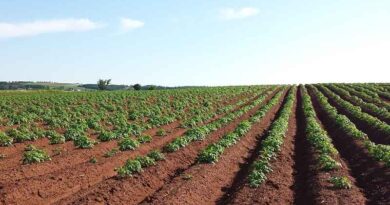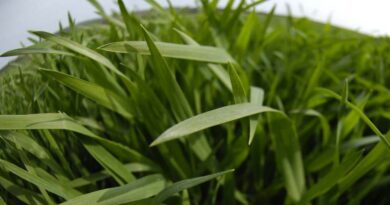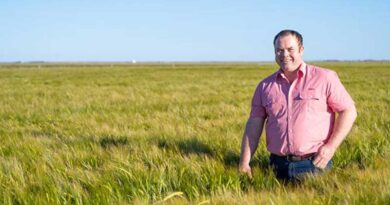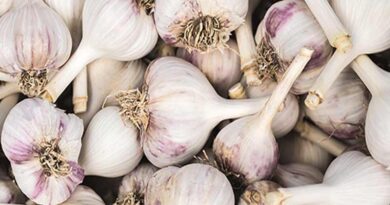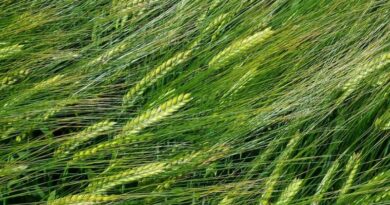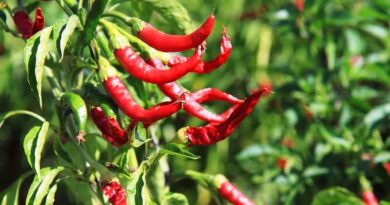Australia: Five tips for your early post emergent crop
21 June 2022, Australia: With winter crops up and running across most of Australia’s key cropping regions, growers may want to implement a few practices to make the most of a positive seasonal outlook.
Elders Albury senior agronomist Rob Harrod gives the following tips to give your crops the best possible start.
Test for nitrogen and top dress if required.
With urea prices high, it’s more important than ever to make informed decisions about how much nitrogen (N) is required and when to apply it. If wheat protein drops below 11.2% at harvest, it’s a good indicator that potential yield has been forgone due to a deficiency in nitrogen. Think about where this occurred last year.
Have deep N soil testing completed over the next couple of weeks. Aim to get both a 0 to 30cm and 30 to 60cm sub soil representative samples done in a number of paddocks. Ideally you should be looking at the nitrogen, sulfur and organic carbon percentage in the soil.
“I find getting organic carbon helps when using the Ridge-van Rees equation for estimating the Humic N fraction contribution of available N. Humic N (kg/ha) = organic carbon % x 0.15 x growing season rainfall,” says Rob.
Control annual ryegrass.
Annual ryegrass (Lolium rigidum) is one of the most serious and costly weeds of annual winter cropping systems in southern Australia, so it’s important to drive numbers down and keep them down.
Consider early post emergent application of products such as Boxer Gold in wheat and barley and Mateno Complete in wheat if there has been ryegrass escaping a ‘soft’ pre-emergent program (e.g. trifluralin). Boxer Gold can now be used up to 3.0 L/ha on one to three leaf annual ryegrass and new product, Mateno Complete, can be used at 0.75 to 1.0 L/ha early post emergent. If you suspect you have a problem with herbicide resistance, now is an ideal time to arrange to have a weed resistance quick test done.
Take care when using clethodim in canola.
Where possible, avoid using during periods of frost, both pre and post application, as it can severely affect its efficacy. In Triazine Tolerant (TT) canola, consider splitting the post emergent application of atrazine and the clethodim. Atrazine has been shown to be slightly antagonistic to clethodim efficacy.
“I recommend always adding spray grade ammonium sulphate when applying ‘dim’ chemistry because it has been shown time and time again to improve its activity.”
Don’t delay early post-emergent grass control in canola.
Get in early and spray for grass weeds in canola. Canola seedlings are very tolerant of early post emergent grass herbicides (with Factor being the exception) that are registered for use. In fact, you can get more damage from a product such as clethodim if it is applied too late, past the six leaf stage.
Monitor your seedling crops for aphids.
“Due to the mild and wet summer, we are expecting aphids to be about in larger numbers than usual across many regions,” says Rob.
While sucking sap, these critters can spread viruses. In 2014 the Turnip Yellows Virus (TuYV), caused significant crop losses in canola in some areas. Russian wheat aphids have been spreading quickly every year since they were first detected in South Australia in 2016.
“Inspect early sown wheat crops, that did not have an insecticide seed treatment, now to gauge whether they are going to be an issue. Treat early with appropriate product if necessary. There are now a few more options available to use that are safer on beneficials, such as Aphidex, Transform and Versys.”
Also Read: Solis Yanmar to Launch 3 New Models

